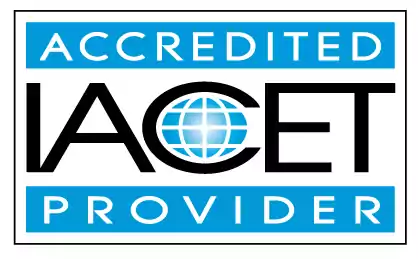Describe the proper procedures of medication administration including: authorizations forms, documentation, storage, training, emergent issues, and resources.
Learn the proper procedures for medication administration in early childhood education and child care centers. This page covers authorization forms, documentation, storage, training, emergent issues, and valuable resources. Discover how to address various emergency situations and follow the correct procedures to ensure children's safety.Trainings incorporating this outcome
CDA Subject Areas
Proficiency Level
Target Audience
Topic Areas
States
Alabama (9) Alaska (9) Alberta (9) Arizona (9) Arkansas (6) Australia (9) British Columbia (1) California (9) Colorado (9) Connecticut (9) Delaware (9) District of Columbia (9) Florida (9) Georgia (8) Hawaii (9) Idaho (9) Illinois (4) Indiana (9) Iowa (9) Jamaica (7) Kansas (9) Kentucky (4) Louisiana (9) Maine (9) Manitoba (6) Maryland (7) Massachusetts (9) Michigan (9) Minnesota (9) Mississippi (9) Missouri (4) Montana (9) Nebraska (8) Nevada (4) New Hampshire (9) New Jersey (5) New Mexico (9) New York (7) Newfoundland and Labrador (9) North Carolina (5) North Dakota (9) Nova Scotia (8) Ohio (9) Oklahoma (9) Ontario (4) Oregon (8) Pennsylvania (8) Prince Edward Island (8) Puerto Rico (6) Quebec (8) Rhode Island (9) Saskatchewan (9) South Carolina (4) South Dakota (9) Tennessee (4) Texas (13) Thailand (6) United Kingdom (8) Utah (9) Vermont (9) Virgin Islands (9) Virginia (9) Washington (9) West Virginia (9) Wisconsin (9) Wyoming (8)
120 hours courses
45 hours courses
40 hours courses
32 hours courses
30 hours courses
24 hours courses
15 hours courses
6 hours courses
3 hours courses
2 hours courses
Related Outcomes
- Demonstrate an understanding of the proper procedures for administering medication in the childcare setting.
- Describe procedures for communication and preparation during an emergency.
- Define what is an emergency and the legal requirements for emergency preparedness for child care professionals.
- Describe ways administrators can observe and assess staff.
- Describe ways to maintain communication and ensure preparedness during emergencies
- Describe the various forms of bullying
- Identify the appropriate forms and procedures for reporting child abuse and neglect
- Identify the benefits of field trips and the proper procedures for field trip planning.
- Demonstrate an understanding of how promoting an integrated curriculum including field trips and community resources promotes development
- Demonstrate an understanding of proper food storage and preparation.
- Describe the role of a CDA home visitor and include examples of home visitors.
- Identify required emergency documentation
- Demonstrate an understanding of Child Care Regulations forms and required documentation
- Describe ways child care professionals can support advocacy issues.
- Describe additional provisions to the emergency preparedness plan
- Describe emerging literacy skills in young children.
- Describe how to effectively respond to emergency situations
- Describe the types of emergency response and situations that warrant each response.
- Describe the components of an emergency preparedness plan for child care facilities
- Describe the components of emergency preparedness in the child care setting.
Related Articles
- Medication Administration Training for Child Care Providers
- The Shocking Truth About Medication in Childcare
- Basic Health and Safety Training for Child Care Providers
- Top Medication Administration Training Certification Courses You Need to Know About
- Basic Health and Safety: The Must-Know Training for Childcare Professionals
- Basic Health and Safety in Childcare: A Complete Guide for Providers
- The Ultimate Guide to Medication Administration Training for Child Care Providers
- Medical Administration Training for Child Care: Where to Get It.
- MSDE Basic Health and Safety: What Maryland Childcare Providers Need to Know
- Medical Administration Training for Childcare Staff: More Than Just a Requirement
- From Meds to Milestones: Why Medical Administration Training Is Crucial in Child Care Settings
- A Beginner’s Guide to Medical Administration Training in Child Care
- Demystifying the Online MSDE Basic Health and Safety Course
- Critical Skills for Childcare Professionals: Health, Safety, and Emergency Preparedness Training
- Navigating the Rules: Licensing and Regulations for Your In-Home Daycare
- Documentation Dos and Don'ts: Best Practices in Medical Administration
- Navigating the Licensing and Regulations for Your Daycare
- 📜 What Is Title 22 in California Childcare?
- 🚀How Can New Staff Quickly Get Oriented to North Dakota’s Childcare Standards?
- 👶 New to Illinois Childcare? Here Are the Mandatory Training Topics You Must Know! 📚
 12 CEUs
12 CEUs